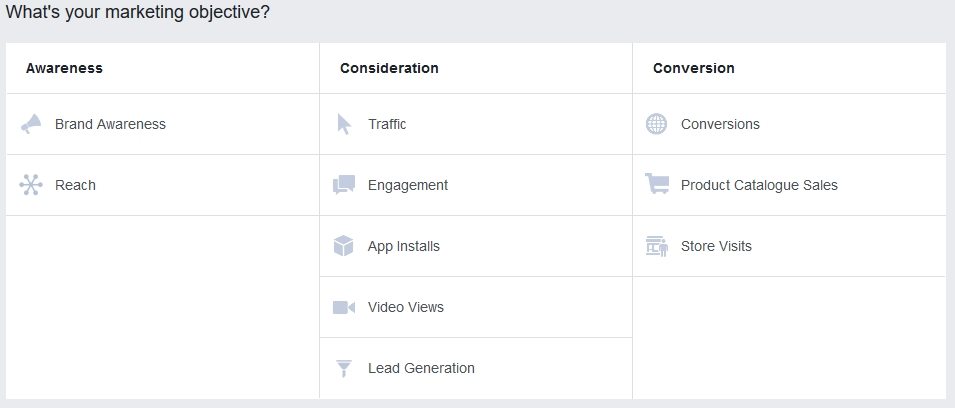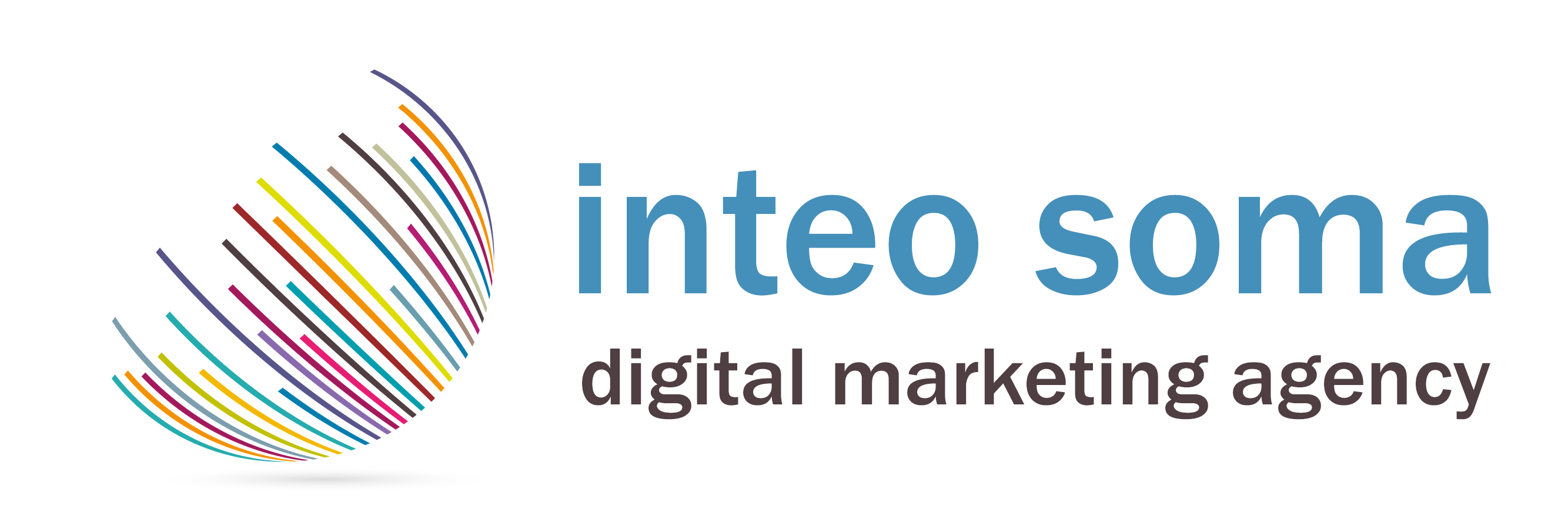
Facebook Direct response advertising is a great way for advertisers to get their products and services in front of a large audience and instigate those prospects and customers to take a certain action. Direct response ads can be used to drive action online, in-store and in mobile apps. But when it comes to reaching your audience with a message they will actually remember, Facebook created a special optimization objective called Brand Awareness.
For advertisers, this changed the game and allowed them to use this advertising objective to get the ads in front of people who are most likely to stop scrolling through their News Feeds, look at, and notice the ad. The goal is that the Facebook users who saw the ad will still remember it a few days later. And when your audience remembers your message, they are more likely to recognize your brand the next time they come across your ads, and take an action.
About Brand Awareness Objective
In the past, brands that used Facebook to drive brand awareness had to face measurement challenges. They were left with CTR (click-through rate), ER (engagement rate) and impressions as benchmarks for success – a quantitative “proof” that brand awareness was improving. These metrics were adequate for building a baseline, but still had limitations for correlating brand awareness with real business outcomes.

In order to help advertisers to overcome this gap, in September 2015, Facebook announced a new ad objective: Brand Awareness which included two new optimization goals: brand awareness and reach, and a new metric: estimated ad recall lift.
The goal of using the Brand Awareness objective for brands is to increase ad recall among the audience and optimize the campaign accordingly. You can run Brand Awareness for longer periods and as an addition to the direct response campaigns.
When an advertiser creates a Brand Awareness campaign, she can choose one of the two optimization goals:
– Brand Awareness, for which Facebook uses two proxies, reach and attention, to optimize the ads, and this optimization help ensure the ads are shown to people are most likely to spend time with the ads and remember them later; or
– Reach, an optimization which maximizes the number of unique people who see the ads during a specific period, and also limiting the frequency of impressions for each user across all placement types selected – Facebook, Instagram and Facebook Audience Network (FAN).
The new metric for measuring the campaign’s effectiveness called estimated ad recall lift calculates the number of people likely to remember the ads within two days, and it’s created based on the correlation of attention (time spent viewing), reach and ad recall.
Who Can Use the Brand Awareness Objective and How

The Brand Awareness objective can be used by any business, since it helps in reaching a wider audience, outside the pool of your most frequently engaged fans. The intention behind these ads is to spread a brand and the brand’s specific message that will be remembered by the people who see the ad.
We strongly believe that any small business should test the ads and take advantage of their specific optimization, especially when they want to get the word out about a new product or service, a special event or a limited time offer. Brand Awareness campaigns are excellent for building an audience that is likely to remember the ad, and a great way to introduce your brand and offer to the audience before you run any Direct Response ads targeting the people who are likely to remember the first ad (Brand Awareness) they saw.
It’s basically a two-step approach:
first, run an ad to reach your presumed target audience and let them learn about your business;
second, reach those who scrolled in their feed and stopped at the ad. The second ad can move them down the funnel cos they will be familiar with your brand and more likely to take the desired action.

For example, a local brick and mortar shops and/or restaurant can use Brand Awareness ads to get in front of their local audience and measure the efficacy very easily by advertise a promotion few days prior happening, then again on the day of the event to those most likely to recall the first ad. That way, those who saw the first ad, will be served a second one as a reminder, and are more likely to visit your physical store and make a purchase.
Benefits
- Better targeting: one of the best things about Brand Awareness campaigns is the improved targeting which allows you to reach even those people who are least likely to interact with your ads and won’t get served with direct response ads, but are still an important part of your audience
- Increased effectiveness: Facebook’s data indicated that Brand Awareness ads are 60% more effective at driving ad recall than page post engagement options, which means that people will recognize your brands next time they see another one of your ads, and more likely to take action
- More control over the frequency of your ads: – you can choose not to display the ads to the same person within a timeframe of 1 to 90 days, which is very important since you don’t want start annoying your audience by serving them the same ad every day
- Measurable results: you can actually quantify the effectiveness of your campaigns and get better insights into which ad resonates best with the target audience, therefore stick with your current ad copy and creative, or come up with a new solution that makes more sense to your audience.
Conclusion
Direct Response ads are a great instrument for engaging your audience and driving action, but they create a huge problem for advertisers – they exclude potential and current customers who are least likely to engage with an ad. And with this, they are excluding almost half of the potential and current customers from finding out about a new product, service or a special offer.
Unlike them brand awareness ads are more impactful, and solve this problem because they are optimized differently, giving you a chance to reach a wider audience that is more likely to recall your ad. And what’s the point of getting your message out there if no one can remember you after two days?
